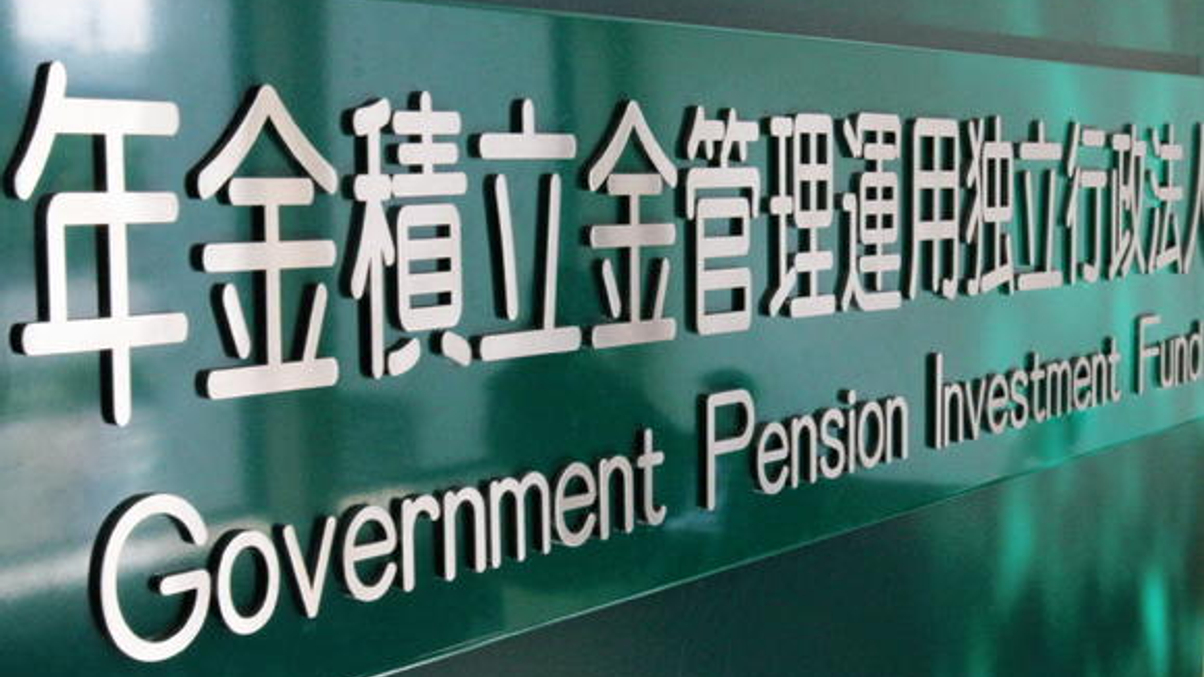Lessons GPIF can learn from its $136b record loss
The Japanese asset owner registered its largest investment loss in the final three months of 2018. That could prompt the fund to consider greater diversification as it reviews its portfolio.

Suffering an investment loss greater than the GDP of Ukraine within three months would be enough to get most investment teams fired.
Sign in to read on!
Registered users get 2 free articles in 30 days.
Subscribers have full unlimited access to AsianInvestor
Not signed up? New users get 2 free articles per month, plus a 7-day unlimited free trial.
¬ Haymarket Media Limited. All rights reserved.


